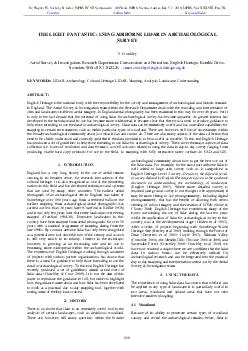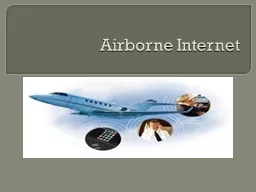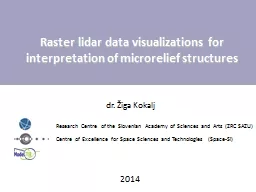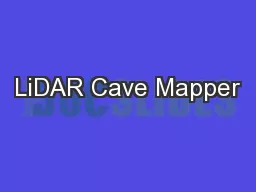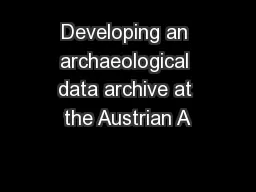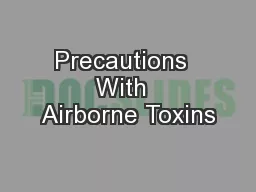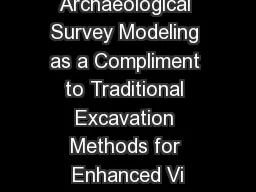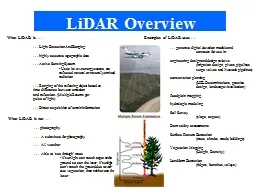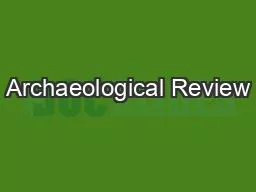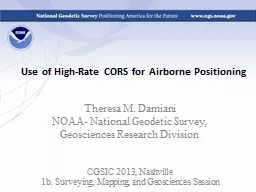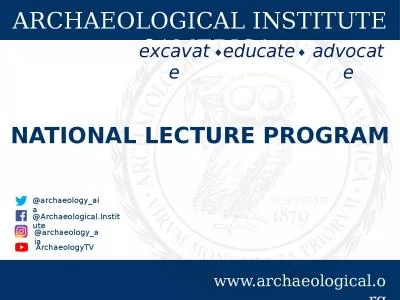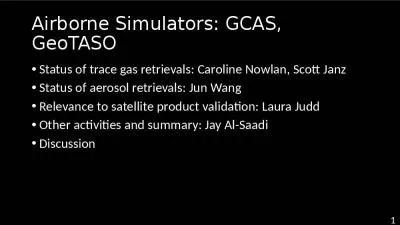PDF-THE LIGHT FANTASTIC USING AIRBORNE LIDAR IN ARCHAEOLOGICAL SURVEY S
Author : cheryl-pisano | Published Date : 2015-02-18
Crutchley Aerial Survey Investigation Research Department Cons ervation and Protection English Heritage Kemble Drive Swindon Wilts SN2 2GZ UK simoncrutchleyenglishheritageorguk
Presentation Embed Code
Download Presentation
Download Presentation The PPT/PDF document "THE LIGHT FANTASTIC USING AIRBORNE LIDAR..." is the property of its rightful owner. Permission is granted to download and print the materials on this website for personal, non-commercial use only, and to display it on your personal computer provided you do not modify the materials and that you retain all copyright notices contained in the materials. By downloading content from our website, you accept the terms of this agreement.
THE LIGHT FANTASTIC USING AIRBORNE LIDAR IN ARCHAEOLOGICAL SURVEY S: Transcript
Download Rules Of Document
"THE LIGHT FANTASTIC USING AIRBORNE LIDAR IN ARCHAEOLOGICAL SURVEY S"The content belongs to its owner. You may download and print it for personal use, without modification, and keep all copyright notices. By downloading, you agree to these terms.
Related Documents

